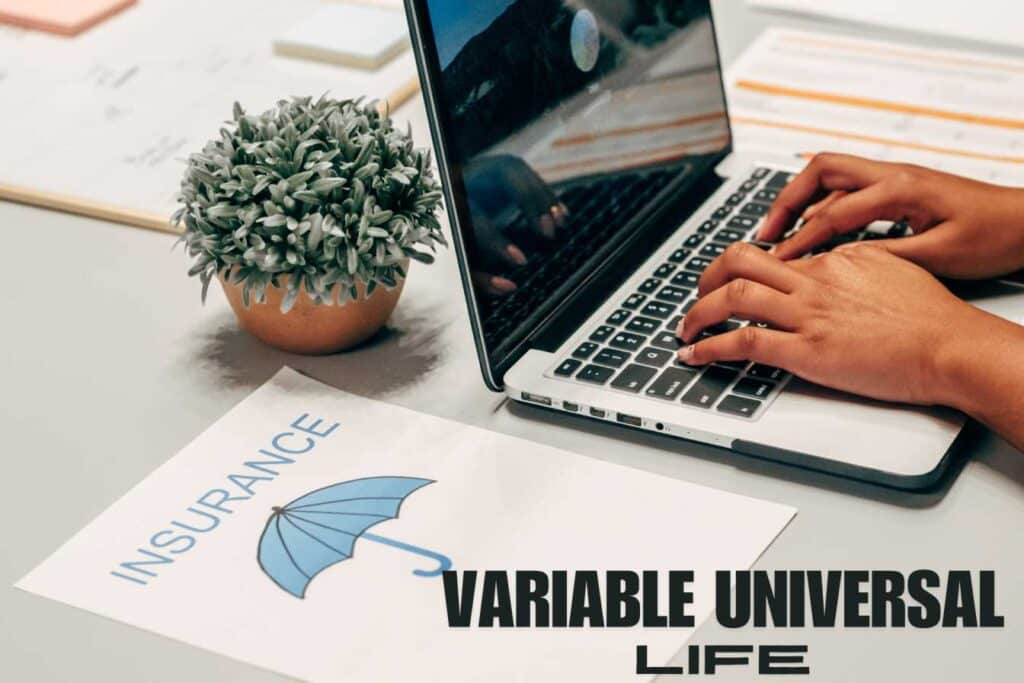Variable Universal Life insurance (VUL) is a versatile financial tool that combines the features of both universal life insurance and investment options. It offers policyholders flexibility in managing their premiums and investment allocations, making it a popular choice for individuals seeking both protection and potential growth of their assets. In this article, we’ll delve into the intricacies of variable universal life insurance, exploring its key features, benefits, investment options, and considerations for Canadians looking to secure their financial future.
What is Variable Universal Life Insurance?
Variable universal life insurance is a type of permanent life insurance that provides a death benefit to beneficiaries upon the policyholder’s death, along with a cash value component that accumulates over time. Unlike traditional whole life insurance, which offers fixed premiums and guaranteed cash values, VUL policies allow policyholders to allocate their premiums among various investment options, such as mutual funds or separate accounts.
Key Features of Variable Universal Life Insurance
- Flexibility in Premium Payments: VUL policyholders have the flexibility to adjust their premium payments within certain limits. They can choose to pay the minimum required premium to keep the policy in force or contribute additional funds to increase the cash value accumulation.
- Investment Options: One of the distinguishing features of VUL is the ability to invest the cash value in a variety of investment options, including equity funds, bond funds, and money market funds. Policyholders can tailor their investment strategy to align with their risk tolerance and financial goals.
- Tax-Advantaged Growth: The cash value component of VUL grows tax-deferred, meaning policyholders can accumulate earnings without paying taxes on the investment gains. However, withdrawals and surrenders may be subject to taxation and penalties, so it’s essential to consult with a tax advisor before making any financial decisions.
- Death Benefit Protection: Like other forms of life insurance, VUL provides a death benefit to beneficiaries upon the insured’s death. The death benefit is generally income tax-free and can help replace lost income, cover final expenses, and provide financial security for loved ones.
- Policy Loans and Withdrawals: VUL policies often allow policyholders to access the cash value through policy loans or withdrawals. These withdrawals can be used to supplement retirement income, fund education expenses, or address other financial needs. However, it’s crucial to understand the potential impact on the policy’s death benefit and cash value growth.
Benefits of Variable Universal Life Insurance
- Wealth Accumulation: VUL offers the potential for tax-advantaged growth of the cash value component, allowing policyholders to build wealth over time. The ability to invest in diverse asset classes can enhance investment returns and help individuals achieve their long-term financial goals.
- Flexibility in Premiums and Coverage: With VUL, policyholders have the flexibility to adjust their premium payments and coverage amounts as their financial circumstances change. They can increase or decrease their contributions, skip payments, or even adjust the death benefit amount to suit their evolving needs.
- Legacy Planning: VUL can be an effective tool for estate planning and legacy preservation. The death benefit proceeds can be used to pay estate taxes, equalize inheritances among beneficiaries, or leave a lasting financial legacy for future generations.
- Retirement Income: The cash value accumulated in a VUL policy can serve as a source of tax-efficient retirement income. Policyholders can access the cash value through tax-free loans or withdrawals, providing supplemental income during retirement years.
Considerations for Canadians
- Risk and Volatility: While VUL offers the potential for higher returns through investment in equity markets, it also exposes policyholders to investment risk and market volatility. Individuals should carefully consider their risk tolerance and investment objectives before allocating funds to variable investment options.
- Cost of Insurance: VUL policies typically have higher fees and expenses compared to traditional life insurance products due to the investment component and administrative costs. Policyholders should review the policy’s prospectus and fee structure to understand the impact on their overall returns.
- Policy Performance: The performance of a VUL policy’s underlying investments can directly impact the cash value growth and death benefit. Policyholders should monitor their policy’s performance regularly and adjust their investment allocations as needed to optimize returns and mitigate risk.
- Tax Implications: While VUL offers tax-deferred growth opportunities, policyholders should be aware of the tax consequences of withdrawals, surrenders, and loans. Consulting with a tax advisor can help individuals navigate the complex tax rules and optimize their tax planning strategies.
- Financial Goals and Objectives: Before purchasing a VUL policy, Canadians should carefully assess their financial goals, risk tolerance, and insurance needs. Working with a qualified financial advisor can help individuals customize a VUL strategy that aligns with their unique circumstances and objectives.
Conclusion
Variable universal life insurance offers Canadians a flexible and customizable solution for protecting their loved ones while potentially accumulating wealth over time. By understanding the key features, benefits, and considerations of VUL, individuals can make informed decisions to secure their financial future and achieve their long-term goals. As with any financial product, it’s essential to conduct thorough research, seek professional guidance, and review all available options before making a commitment.






